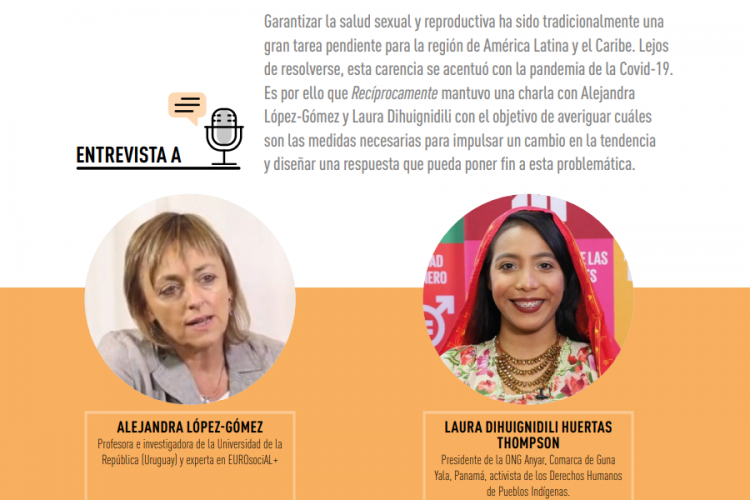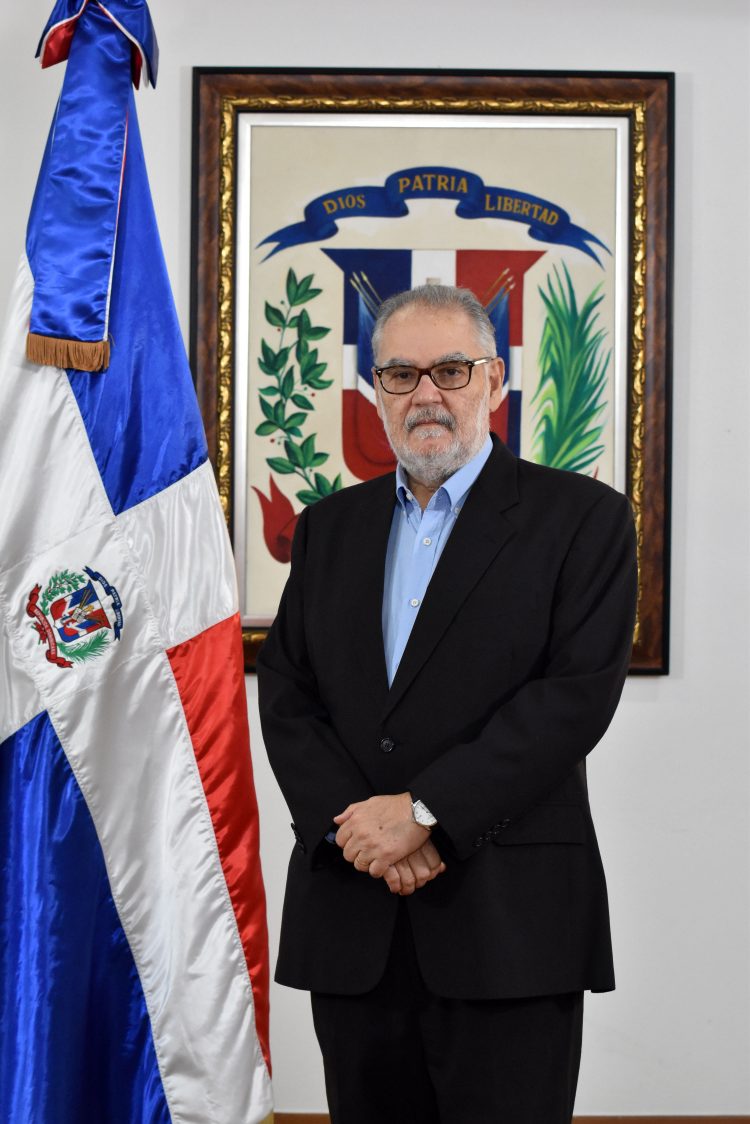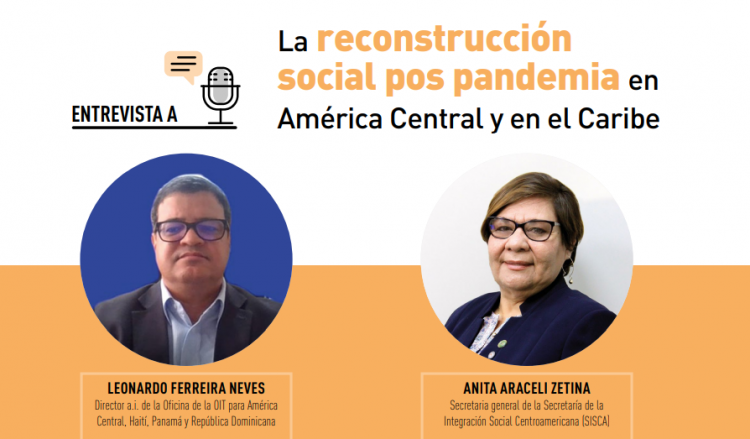Ensuring sexual and reproductive health has traditionally been a great pending task for the Latin American and Caribbean region. Far from being resolved, this shortfall was accentuated by the Covid-19 pandemic. That is why Recípro, camente had a talk with Alejandra López-Gómez, professor and researcher at the University of the Republic (Uruguay) and expert in EUROsociAL+, and Laura Dihuignidili, president of the NGO Anyar (Guna Yala Indigenous Province, Panama), activist for the Human Rights of Indigenous Peoples, in order to find out what measures are needed to change the trend and design a response that can put an end to this problem.

Interview by: Sandra Berthelot Aranda, technician from The Gender Equality Area of EUROsociAL+
The gaps in the exercise of rights to sexual and reproductive health in the region have widened during the Covid-19 pandemic. What kind of actions should the State promote to prevent teenage pregnancy?
Alejandra López-Gómez: In terms of unintended pregnancy in adolescents, the region ranks second worldwide in the fertility rate in adolescents between 15 and 19 years of age, with 66.4 per thousand adolescents, well above Asia (42 per thousand), North America (27 per thousand) and Europe (18 per thousand) (PAHO, 2016, Rodríguez, 2017, Reina and Castelo-Branco, 2018). In turn, pregnancy in girls and adolescents under 15 years of age has become a relevant problem in the region as an sign of structural violence, particularly gender-based violence against girls, which translates into infringements and violations of their human rights .
States must guarantee access to comprehensive sexual education in the education system from an early age. There is also a need for programmes in the informal educational context. Proven educational interventions with a transformative gender approach are required to prevent unprotected and non-consensual sexual conduct and to strengthen sexual and reproductive decision-making skills. Therefore, one of the most important challenges facing countries in the region is to reduce teenage pregnancy by designing and implementing national inter-sectoral, multicultural strategies, with the participation of civil society and with sufficient budgets and resources.
Laura Dihuignidili Huertas Thompson: There must be a strategic alliance with youth groups, indigenous women, parents and regional authorities; follow-up on the plans that have been established but abandoned, and arrange a meeting with young people to clarify deficiencies in plans in the areas in the corresponding indigenous languages and languages so as not to continue improvising on the plans that they have. The state has a fundamental role in pregnancy prevention.
What are your thoughts on the role of men in teenage pregnancy?
Laura Dihuignidili Huertas Thompson: The role of men is crucial, since they must accept the same responsibility as a woman because both are equally responsible. Men must be educated in safe sex to avoid not only unwanted pregnancies, but also sexually transmitted diseases and thus to enjoy a safe sex life.
Alejandra López-Gómez: Adolescent males have a very important role in the prevention of unplanned pregnancy and, therefore, it is important to implement actions that actively involve them. It is necessary to modify the gender norms that supports and perpetrates a model of male domination.
Latin American studies that have explored the perceptions of adolescent males regarding pregnancy and early parenthood show that it is an event that generates ambivalence (Mandich and Arocena, 2006; Botero and Castrillón, 2015; González and Velarde, 2011). Internationally, the systematic analysis carried out by Lohan et al. (2010) showed the need to generate more knowledge about the factors involved in the decision-making of male adolescents regarding pregnancy and parenthood: subjective attitudes, cognitive, social and emotional resources (abilities, capacities, skills), social and economic conditions.
In your opinion, what would be the impact of including young people (youth groups, youth movements) in birth control strategies for girls and adolescents?
Alejandra López-Gómez: A relevant point in the design, implementation, monitoring and evaluation process of public policies to prevent teenage pregnancy is to involve the adolescent population in general; not only to the intended “beneficiary or user” of the actions, but also to active agents of social transformation. This involves bringing together stakeholders with political responsibility of defining dialogue mechanisms between experts, decision makers and the adolescent population throughout the process. Now the question is: Who represents the adolescents? This question applies to other groups of the population. Although the criteria in this regard must be defined in each specific context, it is important to remember that the adolescent population is diverse in social and economic conditions, gender, ethnicity-race and age. For this reason, the aim should be to create bridges and dialogues with groups that reflect this diversity.
Laura Dihuignidili Huertas Thompson: Anyar NGO believes that it is important to include youth movements, since communication between young people is direct and clear. As young people they often shy away from expressing themselves freely about their sex lives and are more comfortable expressing themselves with other young people; this is a good strategy for data collection, to exercise and create plans designed for indigenous youth, respecting their experience and particular world views.
In the context of Panama, an urban and rural territory with various idiosyncrasies, very marked cultural patterns and the presence of the comarcas – regions with an indigenous population- it is essential to include both all adolescents and women with disabilities and migrant women. What are the main challenges facing Panama in preventing teenage pregnancy?
Laura Dihuignidili Huertas Thompson: One of the main causes is the prevailing structural inequality, since there is no real healthcare within the comarcas, as well as deficiencies in terms of education, drinking water, access to information, and many more.
All of this leads to high rates of pregnancy and malnutrition, fuelling a perpetual cycle whose culture treats a subject that must be tackled as a taboo. The reality is that young people in the comarcas do not have schools in their communities and if they do, only to the fifth grade. What’s more, to reach the nearest health centre with equipment they have to travel by boat or walk for hours and when they arrive they do not have the necessary information, because the centre may be closed or the doctor may not have arrived. This means that young people are prone to health problems in general and sexual health issues in particular, and unwanted pregnancies occur in places where there is no safe drinking water which leads to countless social problems for young people. This story is a way of life in the comarcas where there may be plans on paper but the programmes need to be put into action so that there can be a safe sex life.
Alejandra López-Gómez: Between 2015 and 2020, Panama had the fourth-highest adolescent fertility rate in the Latin American and Caribbean region with a downward trend in the last three years, reaching a value of 67.1 live births per thousand adolescents between 15 and 19 years in 2019. As for the early fertility rate (10-14 years), there is a slight downward trend with a rate of 2.6 live births per thousand adolescents of those ages. When these data are analysed, depending on their territorial distribution, it can be clearly seen that where adolescents live is a primary determinant of the likelihood of pregnancy, particularly if the adolescent resides in an indigenous region. For example, in some regions of the country, the rate of adolescent mothers is higher than 25%. In particular, in indigenous comarcas, the chances of a live birth resulting from an adolescent pregnancy is significantly higher. These pregnancies show how social, economic, gender and ethnic-racial inequalities intersect so that adolescent girls who live in more vulnerable conditions have fewer possibilities of accessing and exercising their fundamental human rights.
Therefore, Panama has a huge challenge ahead to reduce and prevent unwanted pregnancies and pregnancies in adolescents between 15 and 19 years of age. To this end, with the technical assistance of the EUROsociAL+ Programme, it was proposed to update the National Strategy for the prevention of adolescent pregnancy and the accompaniment of adolescent mothers and fathers dated 2018. The main challenge is to develop an intersectoral and multicultural nature policy with emphasis on reducing and preventing unwanted pregnancy. This is the enormous challenge that Panama and the region have to



